TFNet’s Project Officer, Arifurrahman Rusman, offers insights into the necessity of creating healthier Ramadan diets through the inclusion of a variety of tropical fruits.
It’s been almost 2 weeks since Ramadan began. While dates and watermelons are highly favored for that quick burst of energy and quenching of thirst, why don’t we add more fruits to the Ramadan palate? Furthermore, the consumption of fruits is often mentioned and encouraged in the Holy Quran and the Sunnah (prophetic traditions) and this should be incorporated into modern food habits[1].
The holy month of Ramadan currently being observed by Muslims around the world is a time for spiritual reflection—a time when millions of devoted Muslims fast from dawn to sunset consuming neither food nor water. Islam instills a sense of responsibility for cultivating a healthy lifestyle as fasting in the month of Ramadan teaches Muslims to practice spirituality and not to eat excessively.
“O children of Adam, eat and drink but be not excessive, for God likes not those who are excessive” – The Holy Quran, Al-A’raf 7:31.
In Ramadan, mealtimes change as Muslims have pre-dawn meals (suhoor) and break their fast after sunset (iftar). While abstaining from food during the day, food and fluids are consumed at varied amounts after sunset till early dawn. Not only are mealtimes significantly different per se, the amount and types of food eaten too are different from what is normally consumed during the other months of the year.
The World Health Organization (WHO) recommends eating at least 400 g or 5 portions of fruits and vegetables per day to reduce the risk of non-communicable diseases (NCDs) while ensuring an adequate intake of daily dietary fiber[2]. Can these recommendations be met during Ramadan?
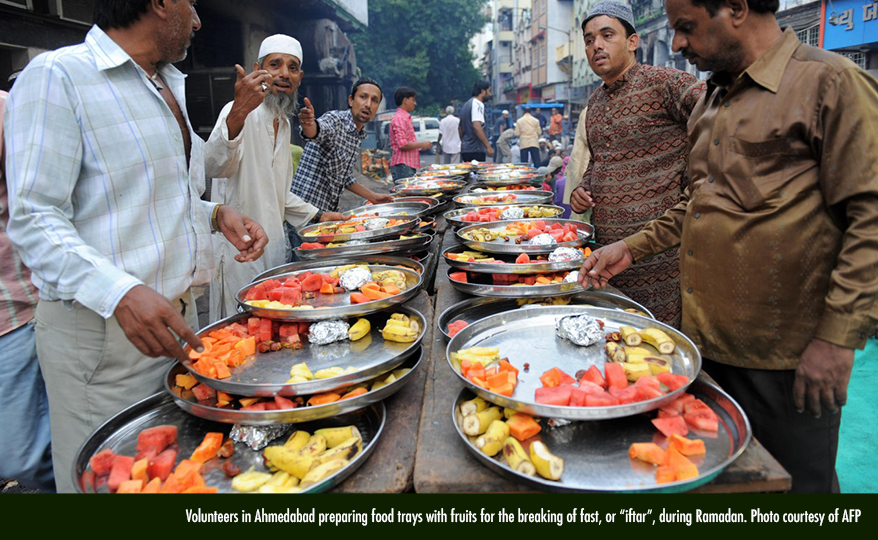
Keeping the train moving with fiber
Increased consumption of specially prepared foods rich in fats and protein or sweet dishes often happen, consequently resulting in weight gain during Ramadan[3]. This has been reported in 2011 among Saudi families in Jeddah, Western Saudi Arabia which indicated changes in dietary habits during Ramadan[4]. When combined with a lack of physical activity, this is purportedly the main reason for weight gain among some of those who observe Ramadan fasting[3].
Foods rich in fiber are slowly digested and these include vegetables and of course, fruits! These foods slowly release energy and by including them in suhoor meals, it would certainly provide enough energy for the long hours of fasting while keeping you satiated longer. A fiber-rich meal during iftar fills you up faster so you are less likely to overeat. Moreover, a diet rich in fiber regulates bowel movements and helps maintain bowel health. There is also substantial evidence indicating that a high intake of dietary fiber lowers the risk of diseases including cardiovascular diseases, type 2 diabetes, and cancer[5].
Physiological changes throughout Ramadan
During fasting, a detoxification effect seems to take place as the body dissolves and removes any toxins stored in the body’s fat. After a few days of fasting, certain hormones such as endorphins appear to be elevated in the blood which results in a better level of alertness and an overall better mental well-being[1]. Fluids can be lost through skin—when we breathe and sweat[6,7] causing mild dehydration which leads to headaches, tiredness, and difficulty concentrating to some[6]. As the body cannot store water, the kidneys play a crucial role in regulating fluid balance; conserving as much water as possible by limiting the amount of urine. A diet containing excessive amounts of salt or toxic substances forces the kidneys to produce a more concentrated urine—which would put the kidneys under considerable duress and ultimately cause deterioration of its tissues[8].
Wise up! Choose fruits over junk
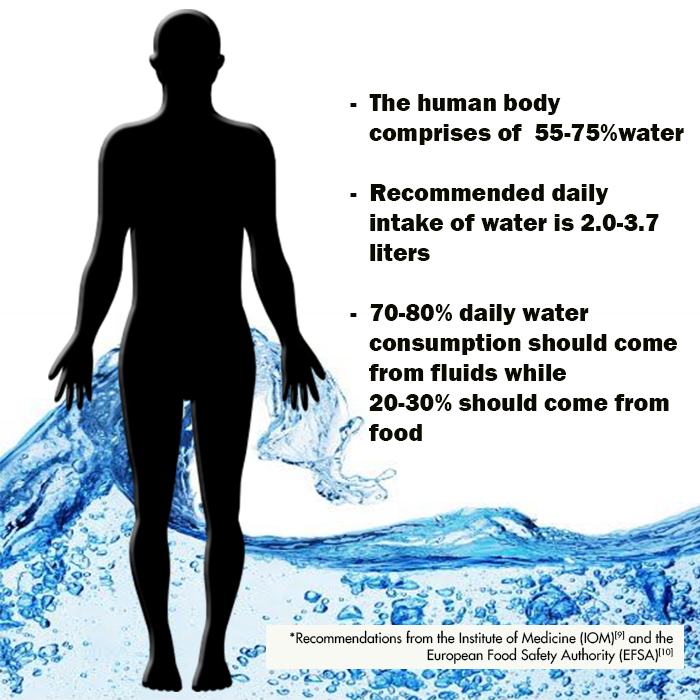
As water consumption is primarily non-existent during most of the day time hours of Ramadan, it is therefore vital to remain hydrated. Most tropical fruits contain a high amount of water. Recommended tropical fruits include watermelons, papayas, pineapples, mangoes, guavas, soursops, and bananas. When best eaten raw, these fruits are just as great when made into smoothies or juices which would surely satisfy and offer an invigorating effect during suhoor and iftar.
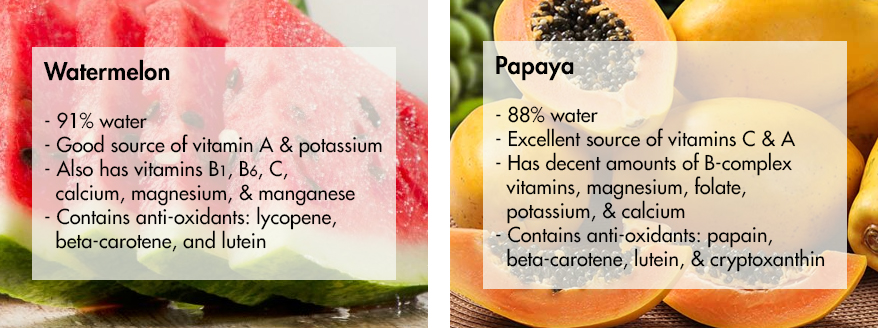

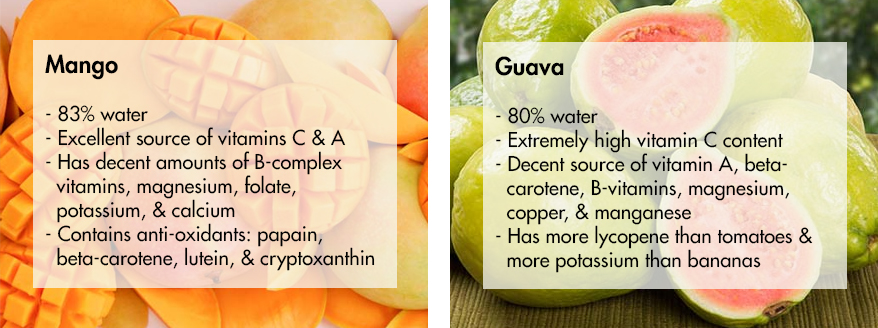
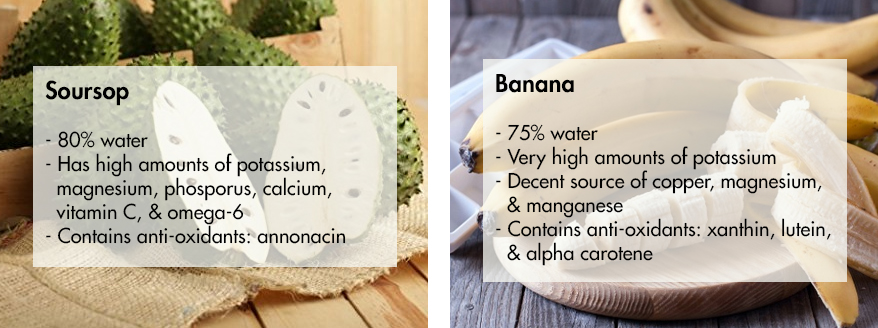
What say you?
Evidently, fruits provide a myriad of benefits. Not only do they provide essential nutritional requirements, they are also tasty and most of them are easy on the stomach. Ramadan is a perfect opportunity for lifestyle changes, specifically to develop healthy living choices. Why don’t we take this opportunity during Ramadan to not only enhance our spirituality but also embark on a renewed exuberance for a healthier lifestyle?
Works cited:
- Mahroof, R., Syed, R., El-Sharkawy, A., Hasan, T., Ahmed, S., & Hussain, F. (2007). Ramadan health guide: A guide to healthy fasting. (A. Masroor, Ed.) Communities in Action.
- World Health Organization. (2015, September). Healthy Diet [Fact Sheet]. Retrieved May 28, 2017, from http://www.who.int/mediacentre/factsheets/fs394/en/
- Jaleel, M. A., Fathima, F. N., & Jaleel, B. N. (2013). Nutrition, energy intake- output, exercise, and fluid homeostasis during fasting in Ramadan. Journal of Medical Nutrition and Nutraceuticals, 2(2), 63-68.
- Bakhotmah, B. A. (2011). The puzzle of self-reported weight gain in a month of fasting (Ramadan) among a cohort of Saudi families in Jeddah, Western Saudi Arabia. Nutrition Journal, 10, 84.
- Dahl, W. J., & Stewart, M. L. (2015). Position of the Academy of Nutrition and Dietetics: Health Implications of Dietary Fiber. Journal of the Academy of Nutrition and Dietetics, 115(11), 1861-1870.
- British Nutrition Foundation. (2017). A healthy Ramadan. Retrieved May 26, 2017, from British Nutrition Foundation: https://www.nutrition.org.uk/healthyliving/seasons/ramadan.html
- RMIT University. (2017). Healthy fasting during Ramadan. Retrieved May 26, 2017, from RMIT University: http://www1.rmit.edu.au/browse/Current%20students/Services%20and%20facilities/Student%20Support/Health/Healthy%20body,%20healthy%20mind/Staying%20active,%20eating%20well/Food%20and%20nutrition/Healthy%20fasting%20during%20Ramadan/
- Popkin, B. M., D’Anci, K. E., & Rosenberg, I. H. (2010). Water, hydration, and health. Nutrition Reviews, 68(8), 439-458.
- Institute of Medicine. (2005). Dietary Reference Intakes for Water, Potassium, Sodium, Chloride, and Sulfate. Washington, D.C.: National Academies Press.
- Panel on Dietetic Products, Nutrition, and Allergies. (2010). Scientific Opinion on Dietary Reference Values for Water. EFSA Journal, 8(3), 1459.
- United States Department of Agriculture. (2016). USDA Food Composition Database. Retrieved May 26, 2017, from https://ndb.nal.usda.gov/ndb/
